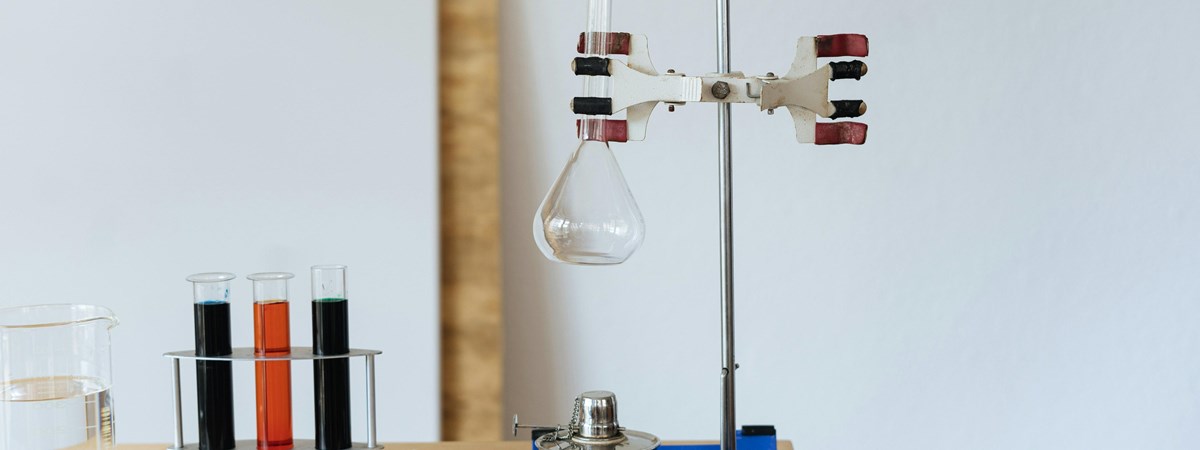Sabina Mammadova explores the benefits of various mind-mapping tools to boost student cognition across the Sciences.
"By breaking down topics into manageable parts, students can see connections between ideas, which is particularly beneficial in subjects like science where relationships between concepts are crucial." (Buzan, 2006).
Mind mapping is a powerful educational technique that fosters critical thinking, creativity, and organisation. For teachers looking to enhance student engagement and comprehension, tools like Coggle and Lucidchart offer dynamic ways to incorporate mind mapping into science education. Mind maps help students visually organise information, making complex concepts easier to understand and remember. By breaking down topics into manageable parts, students can see connections between ideas, which is particularly beneficial in subjects like science where relationships between concepts are crucial (Buzan, 2006).
Coggle
Coggle's user-friendly interface makes it accessible to students of all ages. Whether in elementary school, high school, or even during professional training sessions and workshops, Coggle's simplicity allows users to focus on content rather than navigating complex software.
Students can enhance their mind maps by adding photos and attaching links to each branch. This multimedia approach helps in illustrating concepts more vividly and provides additional resources directly within the mind map, making it a more interactive and engaging learning tool.
Coggle allows students to easily rearrange branches and create connections between keywords and sentences. This flexibility helps students see how different concepts are interrelated, aiding in a deeper understanding of the material. It also allows for easy modifications and updates as new information is learned.
One of Coggle’s standout features is the ability to share mind maps via a link. This feature facilitates easy submission of assignments and enables collaborative work. Teachers can provide real-time feedback, and students can work together on group projects, fostering a collaborative learning environment.
Students can download their mind maps as PDFs, making it easy to print and share their work offline. This is particularly useful for study aids, presentations, or portfolio submissions.
Lucidchart
Lucidchart is another excellent tool for mind mapping with additional features that can be leveraged for more advanced projects. It offers robust diagramming capabilities and integrates well with other educational tools.
Lucidchart provides more advanced diagramming features, which can be beneficial for older students or more complex projects. It integrates with platforms like Google Drive, Slack, and Microsoft Office, making it a versatile tool for educational settings.
Like Coggle, Lucidchart supports real-time collaboration. Students and teachers can work together on mind maps, allowing for seamless integration of feedback and collaborative learning experiences (Joseph D. Novak and D. Bob Gowin, 1984).
Simplifying Complex Concepts
"Mind mapping assignments encourage students to explore topics in depth."
Teachers can assign mind map tasks to help students break down complex scientific processes, such as the water cycle, photosynthesis, or the periodic table. By visually mapping these processes, students can better understand and retain information (Ian M. Kinchin, 2000).
Mind mapping assignments encourage students to explore topics in depth. For example, a mind map on ecosystems can branch out into various subtopics such as food chains, habitats, and biodiversity, prompting students to research and gather information from multiple sources.
Creating connections between different scientific concepts helps students develop critical thinking skills. They learn to analyse relationships, draw conclusions, and synthesise information, which are essential skills in science education.
Incorporating mind-mapping tools like Coggle and Lucidchart into science education can significantly enhance student learning and engagement. These tools provide an interactive, flexible, and collaborative way to explore and understand scientific concepts. By utilising these resources, teachers can create dynamic and effective learning experiences that cater to diverse learning styles and foster a deeper understanding of the subject matter.
References
Buzan, Tony. "The Mind Map Book: Unlock your creativity, boost your memory, change your life." BBC Active, 2006.
Novak, Joseph D., and D. Bob Gowin. "Learning How to Learn." Cambridge University Press, 1984.
Kinchin, Ian M. "Concept Mapping in Biology." Journal of Biological Education, vol. 34, no. 2, 2000, pp. 61-68.
- - - - - - - -
To share your story, thoughts or ideas with the ISN community, please send your article draft directly to our editorial team here, or email us at [email protected]

